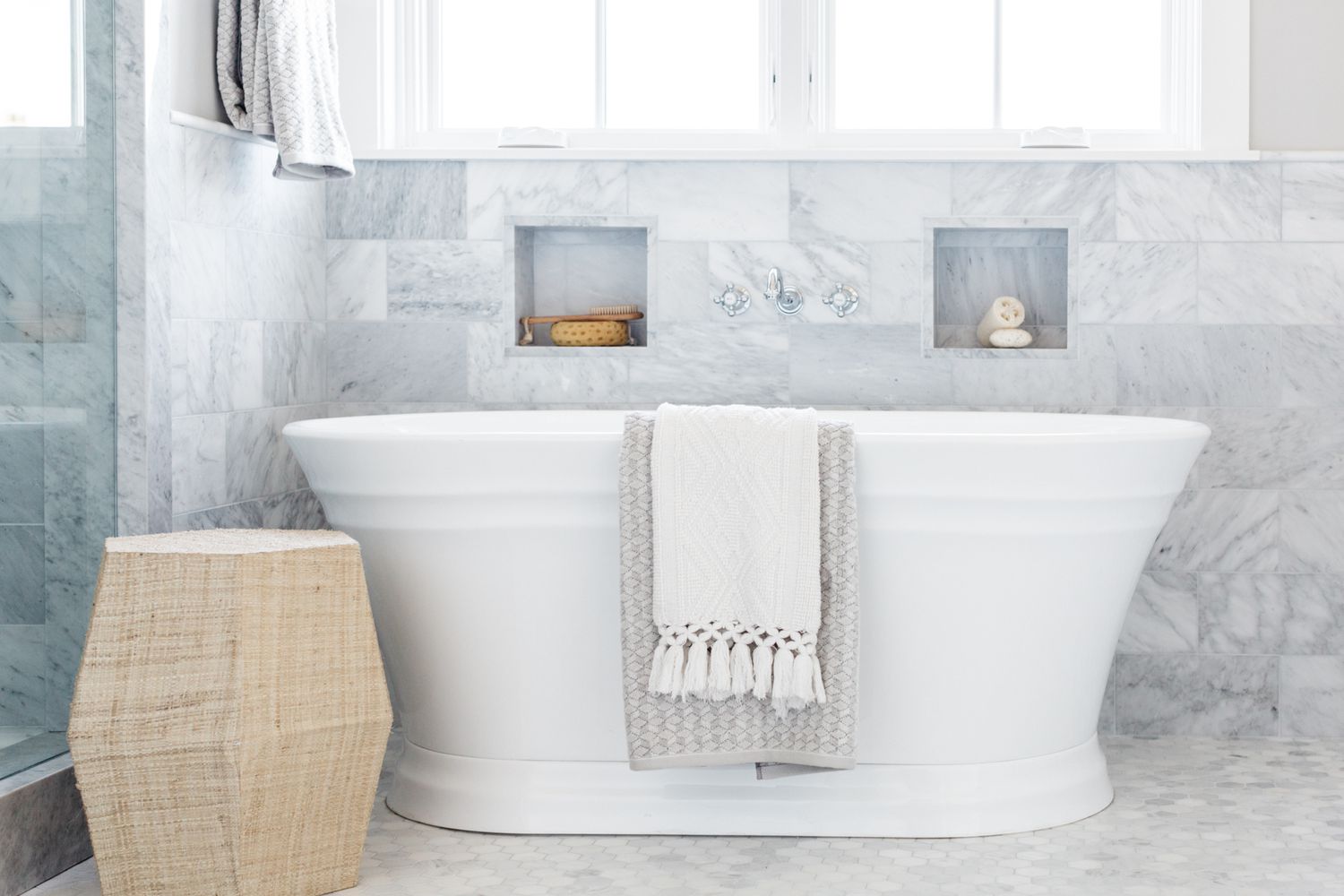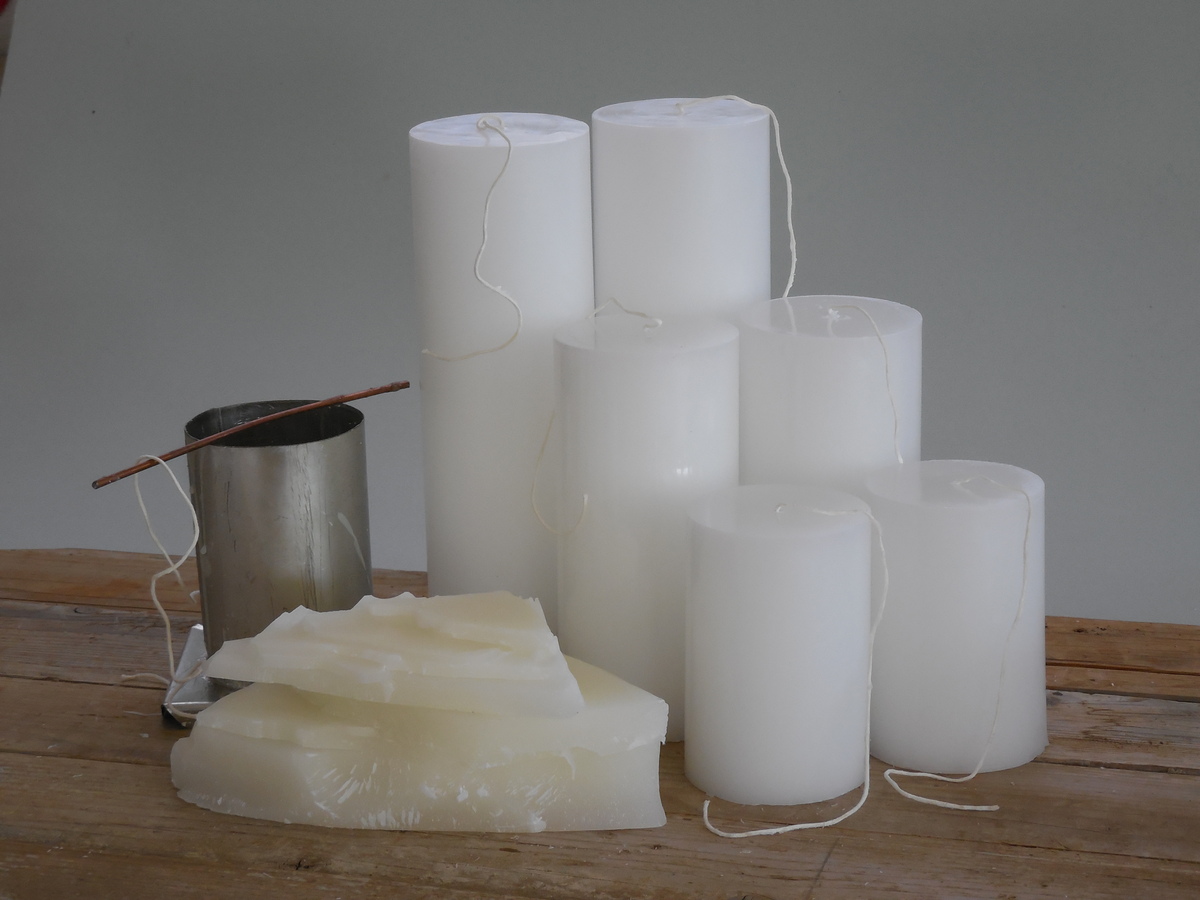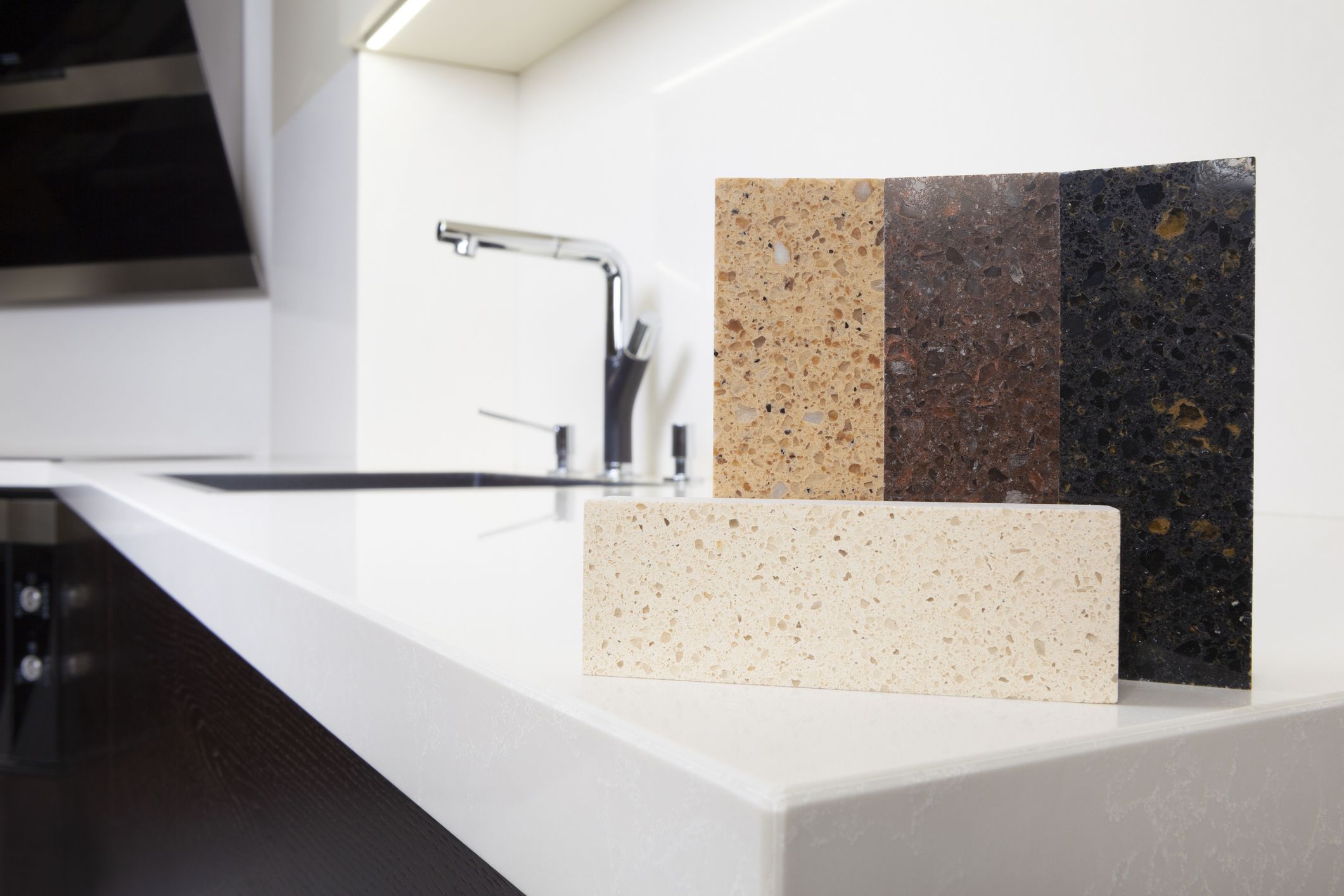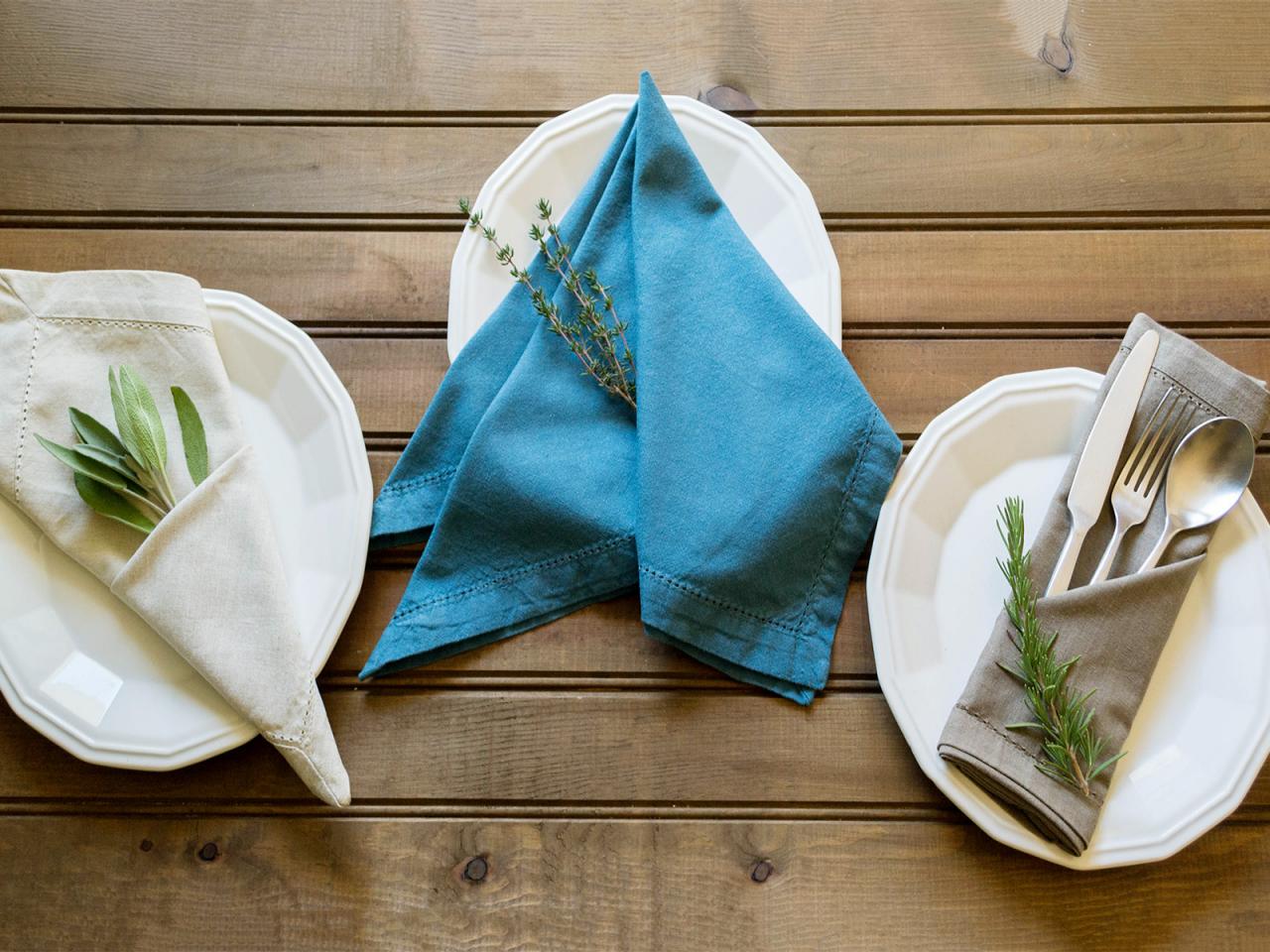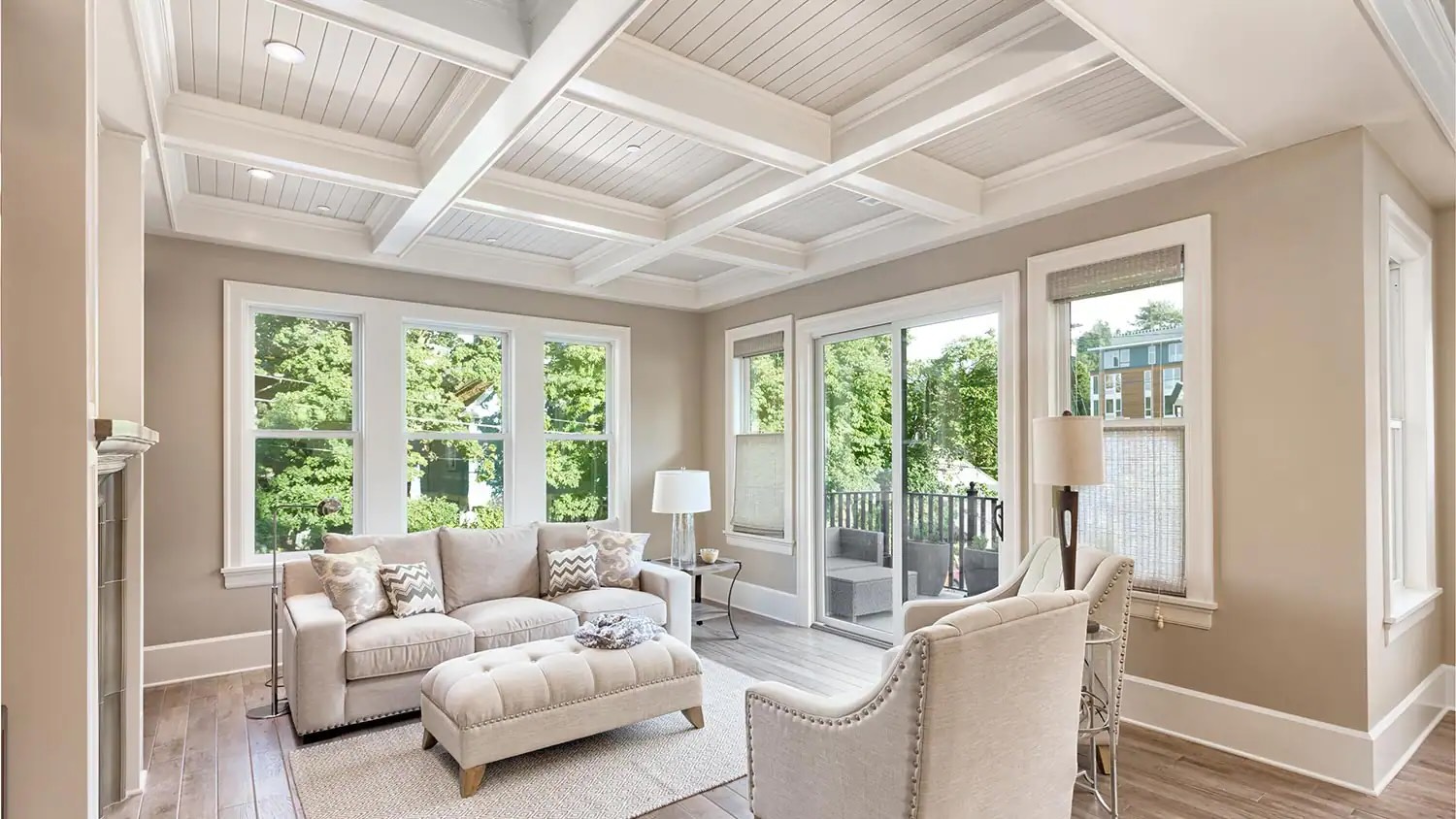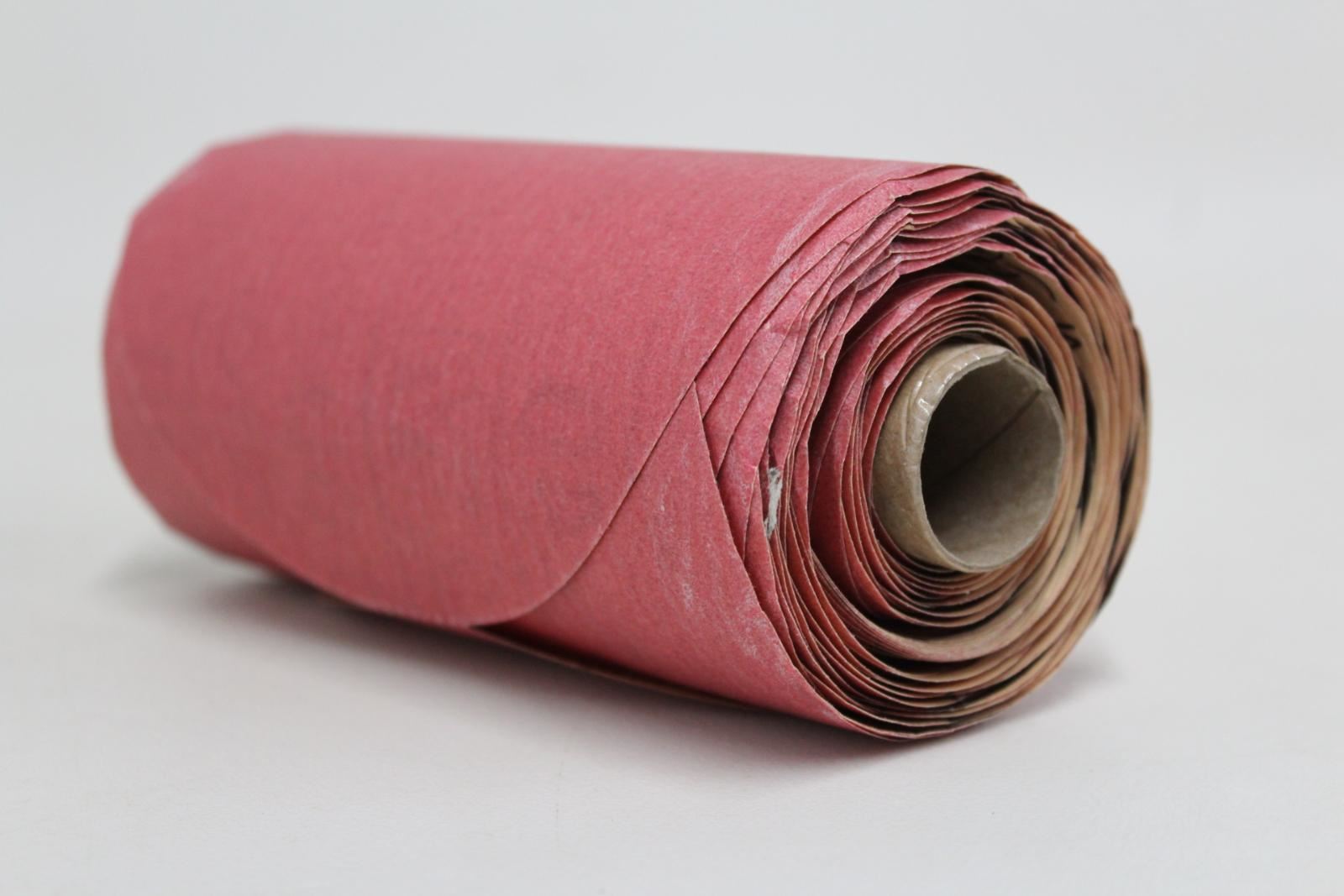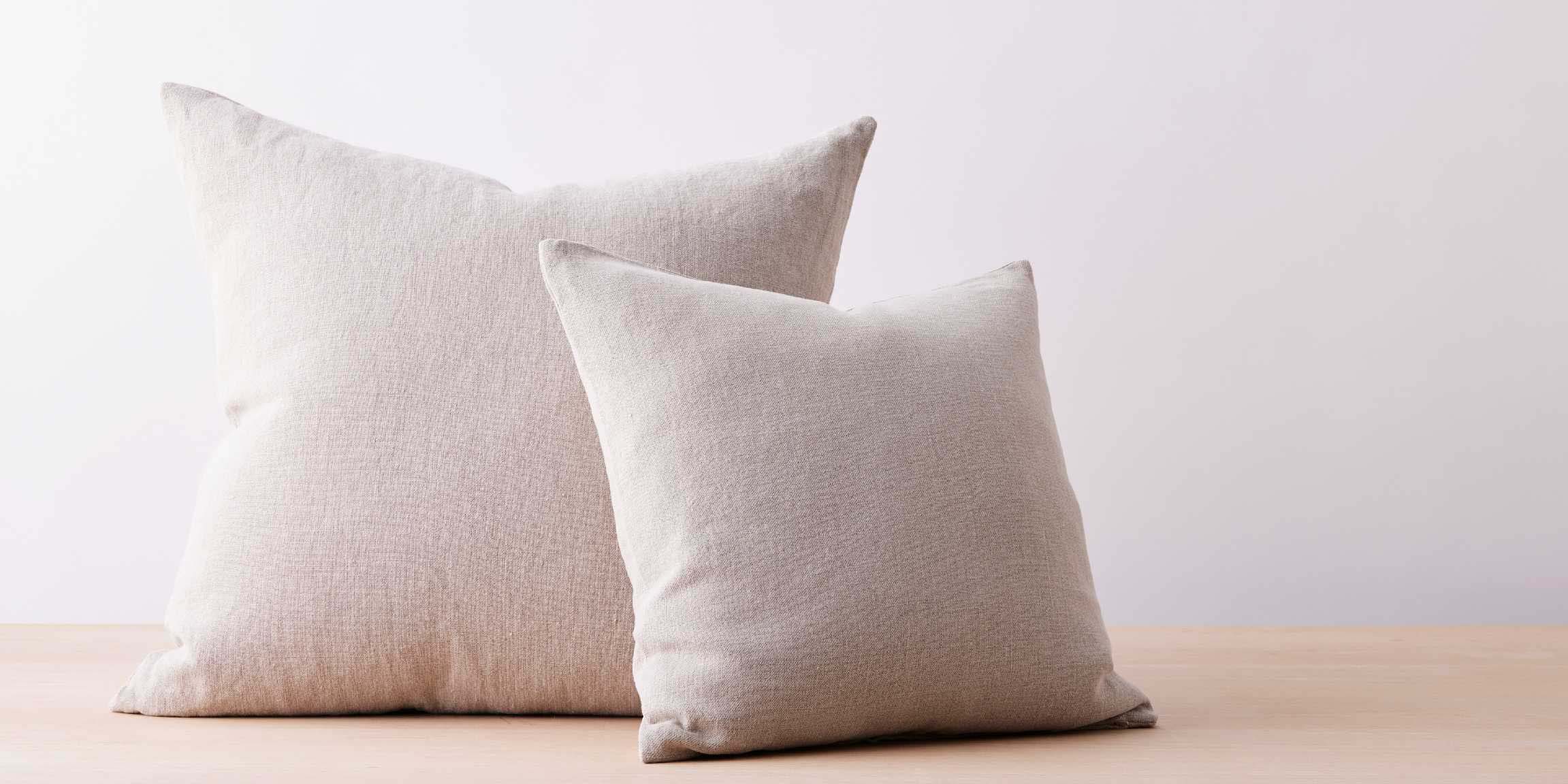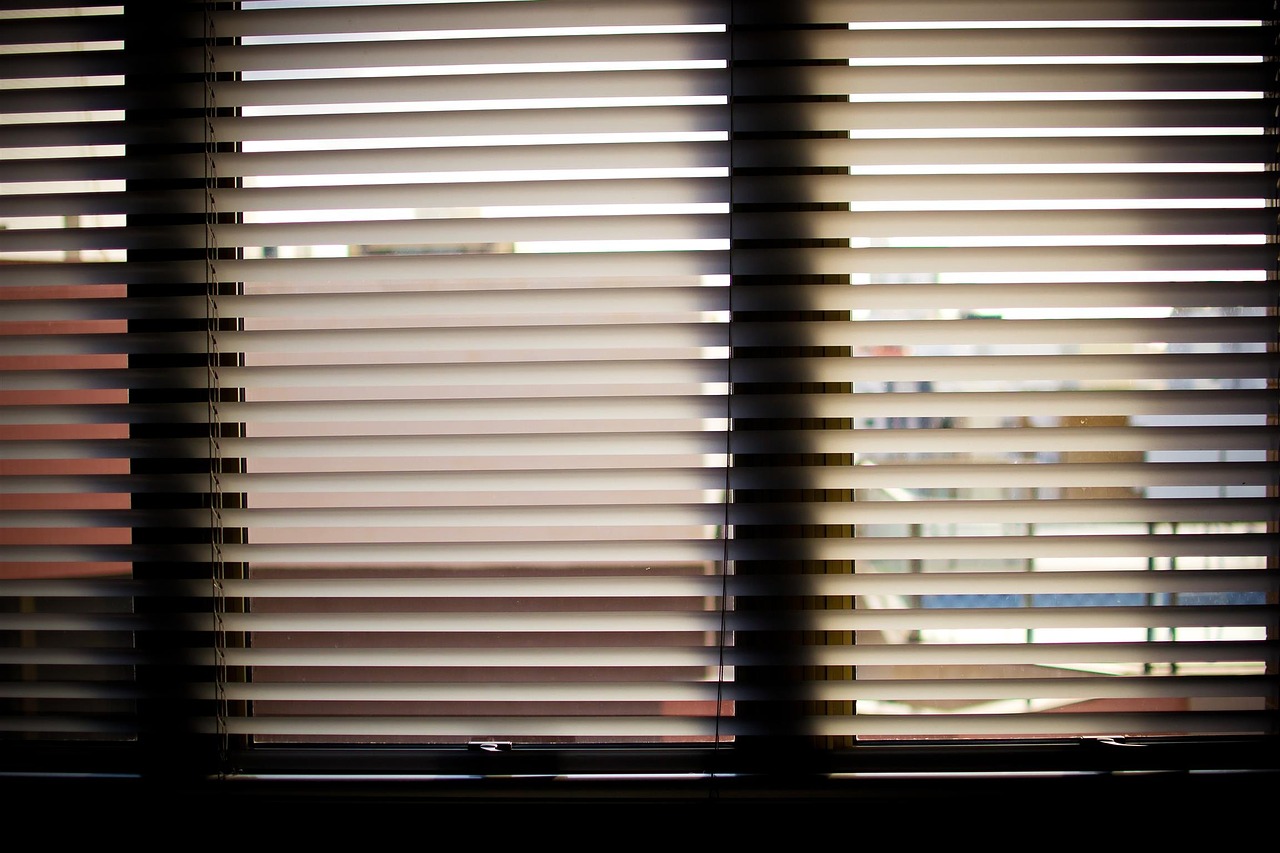

Articles
What Are Blinds Made Of
Modified: January 18, 2024
Discover the different materials used to make blinds in our latest articles. From wood and aluminum to fabric and PVC, find the perfect blinds for your home.
(Many of the links in this article redirect to a specific reviewed product. Your purchase of these products through affiliate links helps to generate commission for Storables.com, at no extra cost. Learn more)
Introduction
Blinds are a popular window covering option that adds both style and functionality to any space. They provide privacy, control over natural light, and can enhance the overall aesthetics of a room. When it comes to choosing blinds, one important factor to consider is the material they are made of. The material not only affects the look and durability of the blinds but also determines their suitability for different environments.
In this article, we will explore the various materials that blinds are made of, including wood blinds, faux wood blinds, aluminum blinds, vertical blinds, fabric blinds, and bamboo blinds. Understanding the different options can help you make an informed decision when selecting blinds for your home or office.
Whether you prefer a classic, elegant look or a more modern and minimalist design, there is a type of blind material that will suit your needs. So, let’s dive into the world of blinds and discover what they are made of.
Key Takeaways:
- Blinds come in various materials, each with unique benefits. From the classic elegance of wood blinds to the affordability of faux wood blinds and the sleekness of aluminum blinds, there’s a perfect option for every space.
- Consider the functionality, maintenance, and style when choosing blinds. Whether you prefer the softness of fabric blinds or the eco-friendly appeal of bamboo blinds, each material offers its own set of advantages to enhance your space.
Read more: Where Are Select Blinds Made
Wood Blinds
Wood blinds are a timeless and sophisticated option for window coverings. They are typically made from real hardwood such as basswood or oak, which adds warmth and natural beauty to any room. Wood blinds are known for their durability and longevity, making them a popular choice for homeowners.
One of the advantages of wood blinds is their ability to provide excellent insulation. The natural properties of wood help to regulate the temperature in the room, keeping it cool in the summer and warm in the winter. This can result in energy savings and a more comfortable living environment.
Wood blinds are available in a variety of finishes and stains, allowing you to match them to your existing decor. Lighter shades can create an airy and spacious feel, while darker tones add richness and ensure privacy. You can also find wood blinds with a distressed or vintage finish for a more rustic look.
It’s important to note that wood blinds may require regular maintenance to keep them looking their best. They can be susceptible to moisture, so it’s advisable to avoid installing them in high-humidity areas such as bathrooms or kitchens. Additionally, you may need to regularly dust or clean the blinds to prevent the build-up of dust and allergens.
Wood blinds offer a classic and timeless appeal that can elevate the style of any room. Whether you have a traditional or contemporary space, wood blinds can add an element of sophistication and natural charm.
Faux Wood Blinds
If you love the look of wood blinds but prefer a more budget-friendly and low-maintenance option, faux wood blinds are an excellent choice. As the name suggests, faux wood blinds mimic the appearance of real wood while being made from synthetic materials.
One of the main advantages of faux wood blinds is their resistance to moisture. Unlike real wood blinds, faux wood blinds are designed to withstand high humidity areas, making them suitable for bathrooms, kitchens, and other damp spaces. This moisture-resistant characteristic also makes them easier to clean and maintain.
Faux wood blinds are typically made from PVC or a composite material that combines wood particles and vinyl. This construction makes them durable and less prone to warping, cracking, or fading, even in intense sunlight. This makes them an ideal choice for rooms with lots of natural light.
Another benefit of faux wood blinds is their affordability. They offer a more cost-effective alternative to real wood blinds while providing a similar aesthetic appeal. You can find a wide range of colors and finishes to match your decor, including various shades of white, beige, or even darker tones to complement different design styles.
Installing faux wood blinds is also a straightforward process. They are available in standard sizes or can be custom-made to fit your windows perfectly. Most often, they are equipped with a cord or wand mechanism for easy operation and adjustment of light control.
Overall, faux wood blinds offer a practical and stylish solution for your window covering needs. They combine the beauty of wood blinds with the benefits of synthetic materials, making them a versatile and affordable option for any space.
Aluminum Blinds
Aluminum blinds are a popular choice for window coverings due to their durability, versatility, and sleek appearance. Made from lightweight aluminum slats, these blinds offer a contemporary and minimalist look that complements modern decor styles.
One of the key advantages of aluminum blinds is their affordability. They are often more budget-friendly compared to other types of blinds, making them an attractive option for homeowners on a tight budget. Despite their lower cost, aluminum blinds are built to last and can withstand regular use without warping or fading.
Aluminum blinds are also highly customizable. They are available in a wide variety of colors, ranging from metallic shades to vibrant hues, allowing you to match them to your interior design scheme. Additionally, you can choose the thickness and width of the slats to achieve the desired level of light control and privacy.
Another benefit of aluminum blinds is their low-maintenance nature. The smooth surface of aluminum blinds makes them easy to clean with a damp cloth or duster. Unlike fabric blinds, they are less likely to accumulate dust or allergens, making them a practical choice for individuals with allergies or respiratory sensitivities.
Aluminum blinds offer excellent light control capabilities. By adjusting the angle of the slats, you can easily regulate the amount of natural light that enters the room. When fully closed, aluminum blinds provide effective privacy by blocking the view from outside while still allowing some diffused light to filter through.
It’s worth noting that aluminum blinds may not be the best choice for rooms with excessive humidity, such as bathrooms or kitchens. The metal slats, although resistant to moisture, can still be prone to corrosion or discoloration over time in high-humidity environments.
Overall, aluminum blinds are a practical and cost-effective option for window coverings. With their sleek design, customizable options, and easy maintenance, they offer a modern and functional solution for any space.
When considering what blinds are made of, it’s important to know that they can be made from a variety of materials including fabric, wood, metal, vinyl, and plastic. Each material has its own benefits and drawbacks, so consider the specific needs of your space when choosing the right material for your blinds.
Vertical Blinds
Vertical blinds are a versatile and practical option for covering large windows, sliding glass doors, or patio doors. As the name suggests, these blinds feature vertically hanging slats that can be tilted and drawn to control light and privacy.
Vertical blinds are typically made from a variety of materials, including fabric, vinyl, or a combination of both. Fabric vertical blinds offer a softer and more elegant look, while vinyl blinds are known for their durability and easy maintenance.
One of the main advantages of vertical blinds is their ability to provide excellent light control. By adjusting the slats, you can easily regulate the amount of light that enters the room. When fully closed, vertical blinds can provide complete privacy, blocking the view from outside.
Vertical blinds are also known for their functionality. Unlike horizontal blinds, which can obstruct the view when fully drawn, vertical blinds stack to the side, allowing for an unobstructed sightline. This makes them an ideal choice for windows and doors that require frequent access.
Another benefit of vertical blinds is their ability to deflect heat and UV rays. This can help to regulate the temperature inside the room and protect your furniture and belongings from sun damage. Additionally, vertical blinds are available in light-filtering or room-darkening options, providing various levels of light control to suit your preferences.
When it comes to design, vertical blinds offer a wide range of colors, patterns, and textures to choose from. Whether you prefer a neutral and understated look or want to make a bold statement with a vibrant print, there is a vertical blind option to fit your style.
Installing vertical blinds is a straightforward process. They can be mounted inside or outside the window frame, depending on your preference and the type of window or door you have. Most vertical blinds come with a wand or cord mechanism for easy operation and can be adjusted to different heights.
Overall, vertical blinds are a practical and versatile choice for window coverings. With their excellent light control capabilities, functionality, and wide range of design options, they are an ideal solution for large windows and doors in both residential and commercial spaces.
Read more: What Is Cutlery Made Of
Fabric Blinds
Fabric blinds are a popular choice for those looking to add a touch of softness and elegance to their windows. These blinds are made from various types of fabrics that not only provide privacy and light control but also add texture and style to any room.
One of the advantages of fabric blinds is their versatility in design. They come in a wide array of patterns, colors, and textures, allowing you to choose a style that complements your existing decor. From neutral tones to vibrant prints, there is a fabric blind to suit every taste and interior aesthetic.
Fabric blinds are typically made from lightweight materials such as cotton, linen, or polyester. These materials offer a soft and natural look, creating a warm and inviting atmosphere. They can also be treated to be moisture-resistant or flame-retardant, making them suitable for various areas in the home.
In terms of light control, fabric blinds offer different levels of opacity. Sheer fabric blinds allow diffused light to filter through, creating a soft and airy ambiance. Light-filtering fabric blinds offer a balance between privacy and natural light, while room-darkening options provide maximum light blockage for bedrooms or media rooms.
Fabric blinds are also known for their insulating properties. The fabric acts as a barrier against heat or cold, helping to regulate the room’s temperature and provide energy efficiency. This can result in reduced heating and cooling costs and a more comfortable living environment.
Maintenance of fabric blinds is relatively easy. Most can be cleaned with a vacuum cleaner or a soft brush attachment to remove dust or debris. In the case of stains or spills, spot cleaning with mild detergent and warm water is usually sufficient. It’s essential to follow the manufacturer’s instructions when cleaning fabric blinds to prevent any damage to the material.
When it comes to installation, fabric blinds are typically mounted inside the window frame, providing a clean and streamlined look. They can be operated through a cord, wand, or motorized mechanism, allowing for easy adjustment and control of light and privacy.
Overall, fabric blinds offer a soft and sophisticated window covering option. With their wide range of design choices, light control capabilities, and insulating properties, fabric blinds can enhance the aesthetics and functionality of any space.
Bamboo Blinds
Bamboo blinds offer a unique and natural window covering option that brings a touch of nature indoors. Made from sustainable bamboo reeds, these blinds offer a rustic and eco-friendly solution for those who appreciate a more organic and earthy aesthetic.
Bamboo blinds are known for their durability and strength. The natural properties of bamboo make them highly resistant to warping, cracking, or fading, even in humid or high-temperature environments. This makes them suitable for both indoor and outdoor use.
One of the notable characteristics of bamboo blinds is their ability to filter sunlight effectively. The loosely woven bamboo reeds allow soft, diffused light to enter the room, creating a warm and inviting ambiance. This makes bamboo blinds an excellent choice for areas where you want to maintain privacy while still enjoying natural light.
Another advantage of bamboo blinds is their insulating properties. The natural density of bamboo helps to keep the heat out during the summer months and the warmth in during the winter, providing energy efficiency and cost savings. Additionally, bamboo is a renewable resource, making it a sustainable option for those conscious of their environmental impact.
When it comes to design, bamboo blinds offer a natural and textured look that can complement various decor styles, including bohemian, tropical, or minimalist. They come in different finishes, including light or dark stains, providing options to match existing furniture and color schemes.
Maintenance of bamboo blinds is relatively simple. Regular dusting with a soft cloth or vacuuming with a brush attachment can help remove any accumulated dirt or debris. For stains or spills, a gentle wiping with a damp cloth should suffice. However, it’s important to avoid excessive exposure to moisture, as bamboo can be susceptible to mold or mildew growth.
Installation of bamboo blinds is typically straightforward, involving mounting them inside the window frame or on the wall above the window. They can often be operated with a cord mechanism for easy adjustment of light control and privacy.
In summary, bamboo blinds offer a natural and environmentally friendly option for window coverings. With their durability, light-filtering abilities, and unique aesthetic, bamboo blinds can add warmth and character to any space, creating a soothing and inviting atmosphere.
Conclusion
Blinds are an essential element of any space, providing privacy, light control, and a touch of style. Understanding the different materials that blinds are made of can help you make an informed decision when selecting the right window covering for your home or office.
Wood blinds offer a classic and timeless appeal with their natural beauty and durability. They provide excellent insulation and come in a variety of finishes to match your decor.
Faux wood blinds offer a more budget-friendly and low-maintenance alternative to real wood blinds. They are moisture-resistant, durable, and available in various colors and finishes.
Aluminum blinds are sleek, affordable, and versatile. They provide excellent light control, easy maintenance, and withstand regular use without warping or fading.
Vertical blinds are practical for covering large windows and sliding glass doors. They offer excellent light control and functionality, allowing for an unobstructed view when fully drawn.
Fabric blinds add a touch of softness and elegance to any room. They come in a wide variety of styles, colors, and patterns, providing light control and insulation.
Bamboo blinds offer a unique and eco-friendly option, bringing a natural and rustic look to your space. They are durable, filter sunlight effectively, and provide a warm and inviting ambiance.
When choosing blinds, consider factors such as style, functionality, maintenance, and suitability for the specific environment. Each material offers its own set of benefits and considerations, so it’s important to weigh these factors to find the perfect blinds for your needs.
Whether you prefer the timeless look of wood blinds, the affordability of faux wood blinds, the sleekness of aluminum blinds, the functionality of vertical blinds, the softness of fabric blinds, or the natural beauty of bamboo blinds, there is a material that will suit your taste and enhance your space.
So, take your time exploring the options and choose blinds that not only meet your practical needs but also reflect your personal style. With the right blinds, you can transform your windows and create a beautiful and functional environment that you’ll enjoy for years to come.
Frequently Asked Questions about What Are Blinds Made Of
Was this page helpful?
At Storables.com, we guarantee accurate and reliable information. Our content, validated by Expert Board Contributors, is crafted following stringent Editorial Policies. We're committed to providing you with well-researched, expert-backed insights for all your informational needs.



